Psychology of Marketing: The Secret to Influencing Customer Behavior (Part one)
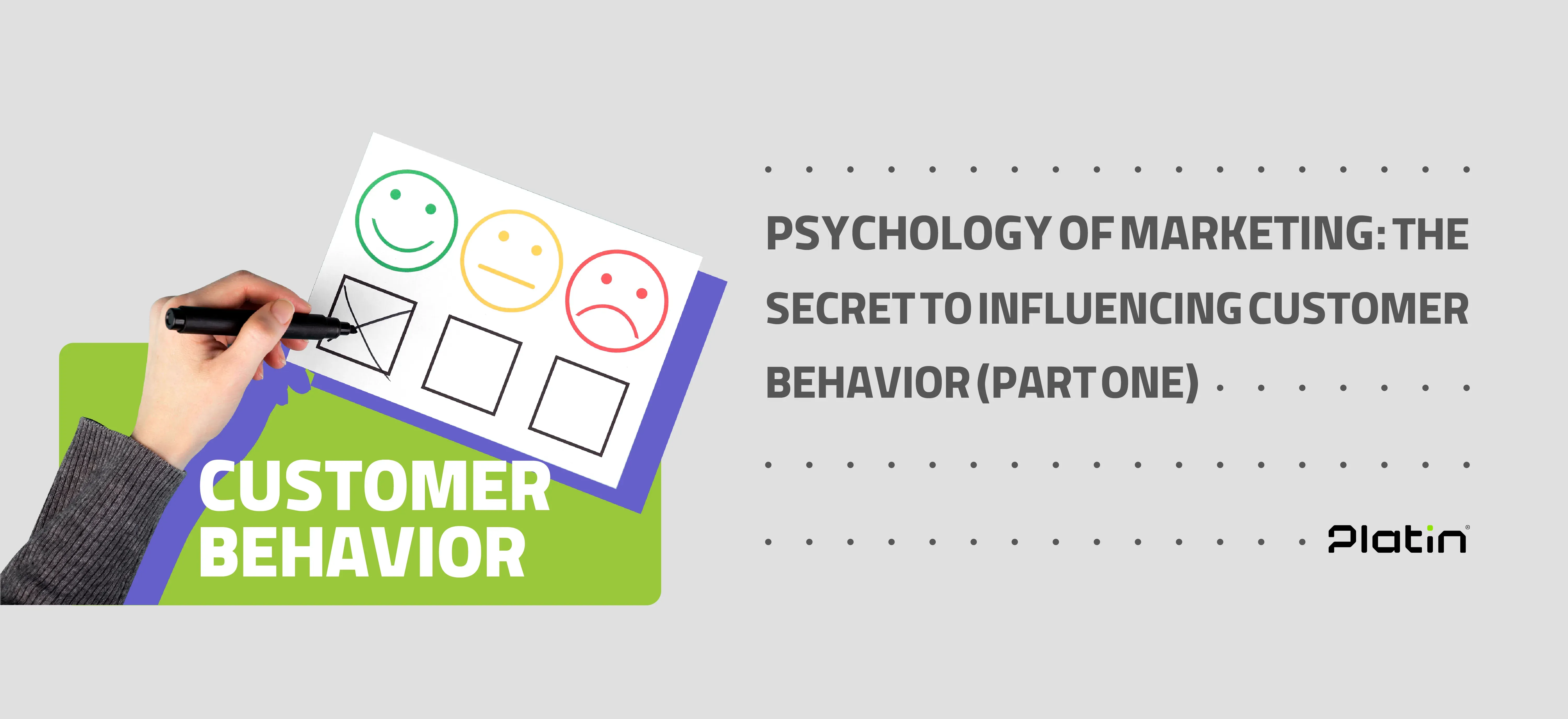
Introduction
The key to brand success in marketing lies in deeply understanding how customers think — and knowing how to influence their behavior. This multi-part article series explores the link between psychology and marketing strategy, showing how successful brands use principles like authority, social proof, scarcity, price sensitivity, and likability to shape customer decisions.
Through real-world examples from brands such as Glossier, ASOS, Nasty Gal, and Tommy Hilfiger, readers will learn 46 core principles of marketing psychology and discover how to apply them effectively in digital campaigns. This series serves as a practical guide to designing optimal customer experiences, boosting engagement and trust, and shaping buying behavior for sustainable brand growth.
This series is divided into three parts. In this first part, we focus on the first 16 fundamental principles.
What is Sales Psychology?
Sales Psychology is the art of deeply understanding how people think, feel, and make decisions during the buying process. Contrary to popular belief, purchases are rarely made through logic alone. Instead, emotions, beliefs, mental biases, and unconscious triggers play a crucial role.
A salesperson or marketer who masters sales psychology can uncover hidden needs, build trust, lower mental resistance, and use persuasive techniques to make the buying process easier and more attractive.
Today, as most purchasing interactions happen online, sales psychology has become an essential tool for marketing success. Brands that apply these principles to understand consumer behavior can design campaigns that grab attention, build trust, and motivate buying decisions. Using these insights to optimize the user experience makes the buying journey smoother and more enjoyable — significantly boosting conversion rates.
Key Principles of Sales Psychology
Customers don’t base their buying decisions solely on logic. Emotions, biases, and subconscious triggers guide them too. Successful brands embrace this reality and use psychology to shape consumer behavior.
Below are 16 key principles to help you craft more persuasive marketing messages, earn trust, and increase conversions.
1. Authority
Glossier boosts product credibility through the principle of authority. For instance, using the phrase “ProTip” suggests its eyeliner is recommended by professionals. Authority works because consumers trust experts and credible sources. Signs of authority can include expertise, official titles, uniforms, or endorsements by respected figures — all helping present a product as trustworthy.
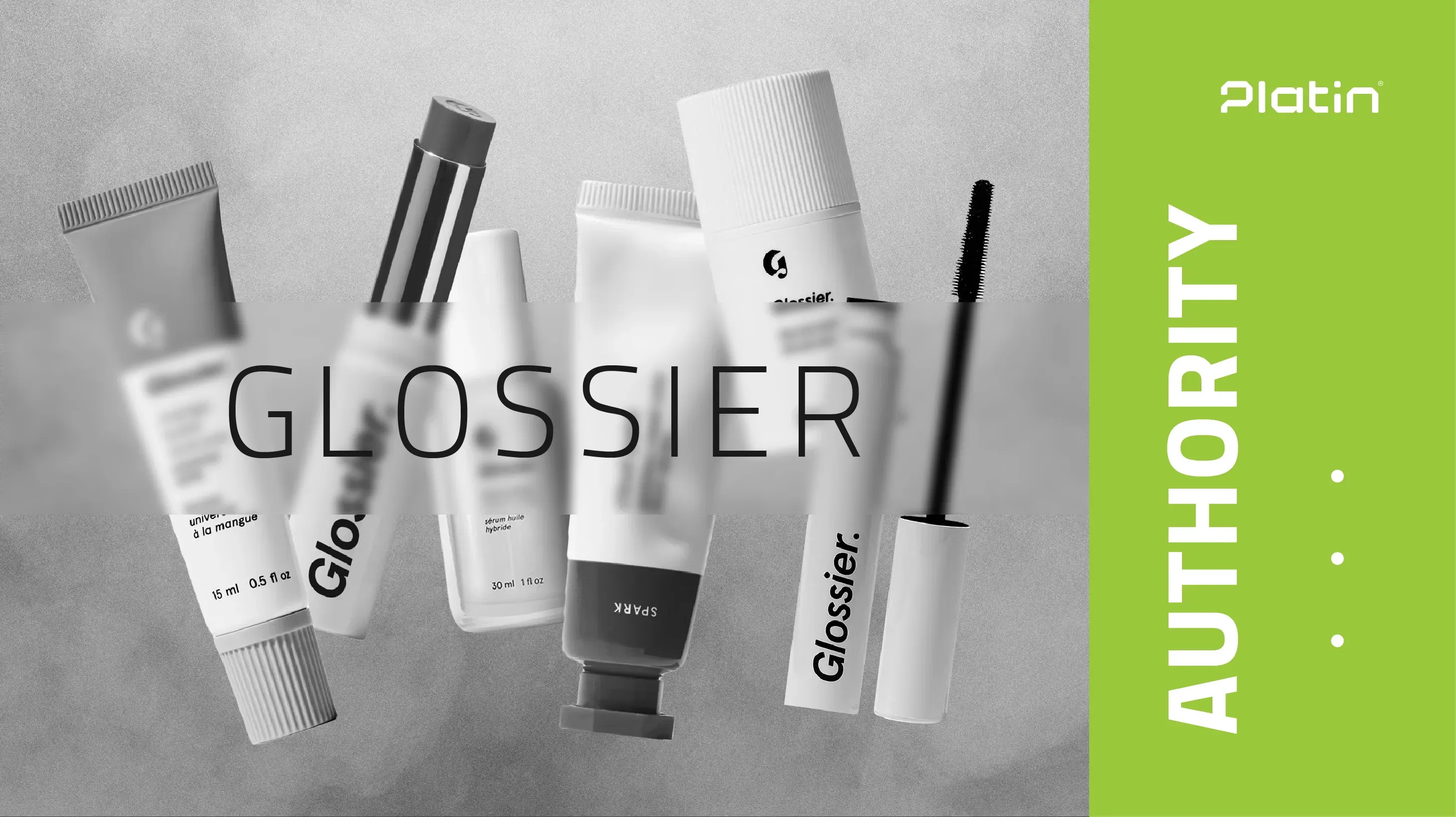
2. Likability
Nasty Gal taps into likability by speaking its audience’s language and showcasing women who resemble its target customers in style and lifestyle. Just as people naturally respond well to authority, they are drawn to things that feel likable and familiar. Likability can be strengthened through physical attractiveness, similarity, positive associations, collaboration, and direct engagement.
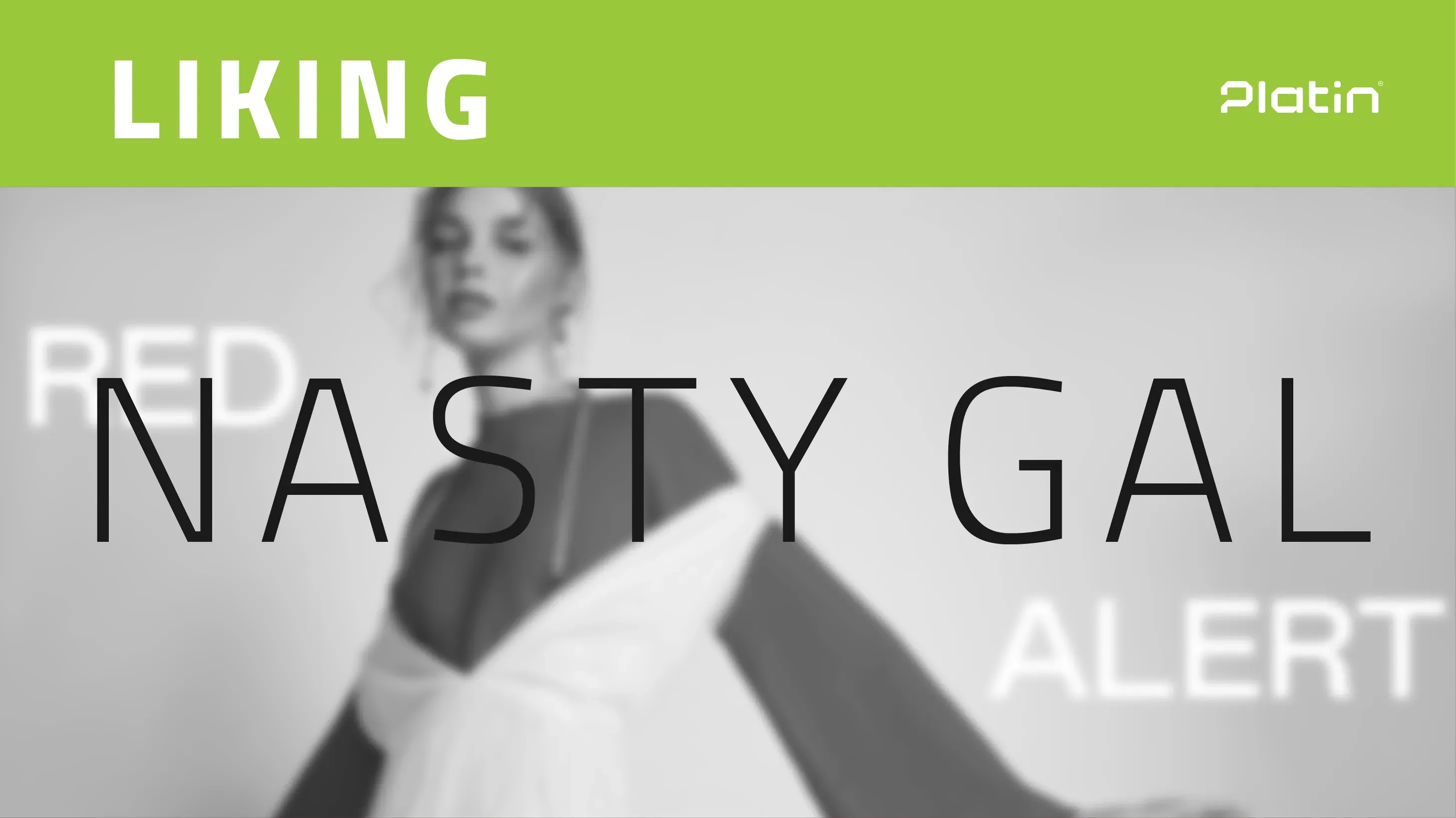
3. Price Sensitivity
ASOS’ special student discounts are a perfect example of price sensitivity. Knowing that students have limited budgets, ASOS attracts them with compelling discounts. Understanding how customers react to different price points helps brands find the sweet spot for pricing, demand, and market fit. To use this well, brands must study competitors’ pricing and identify which customer groups are most responsive to discounts — since discounts don’t always guarantee higher sales.
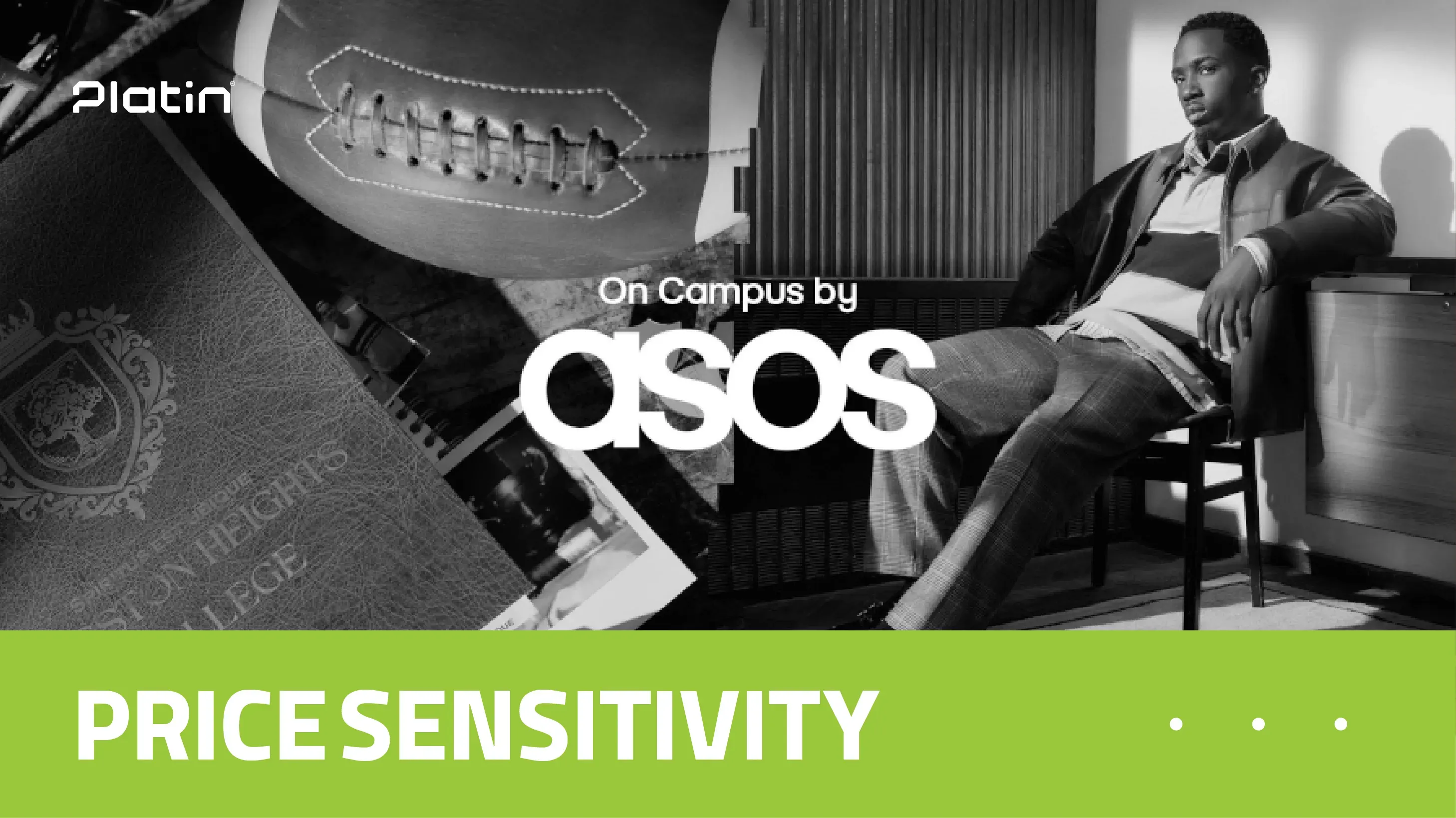
4. Urgency & Scarcity
In an Instagram ad by Revolve, urgency and scarcity make people act. The message signals that the product is only available for a limited time and may sell out soon. According to Robert Cialdini’s Influence, people see limited opportunities as a threat to their freedom of choice and react to protect it. Brands can tap into this by showing low stock or setting deadlines for offers, making customers feel they might lose out if they don’t buy now.
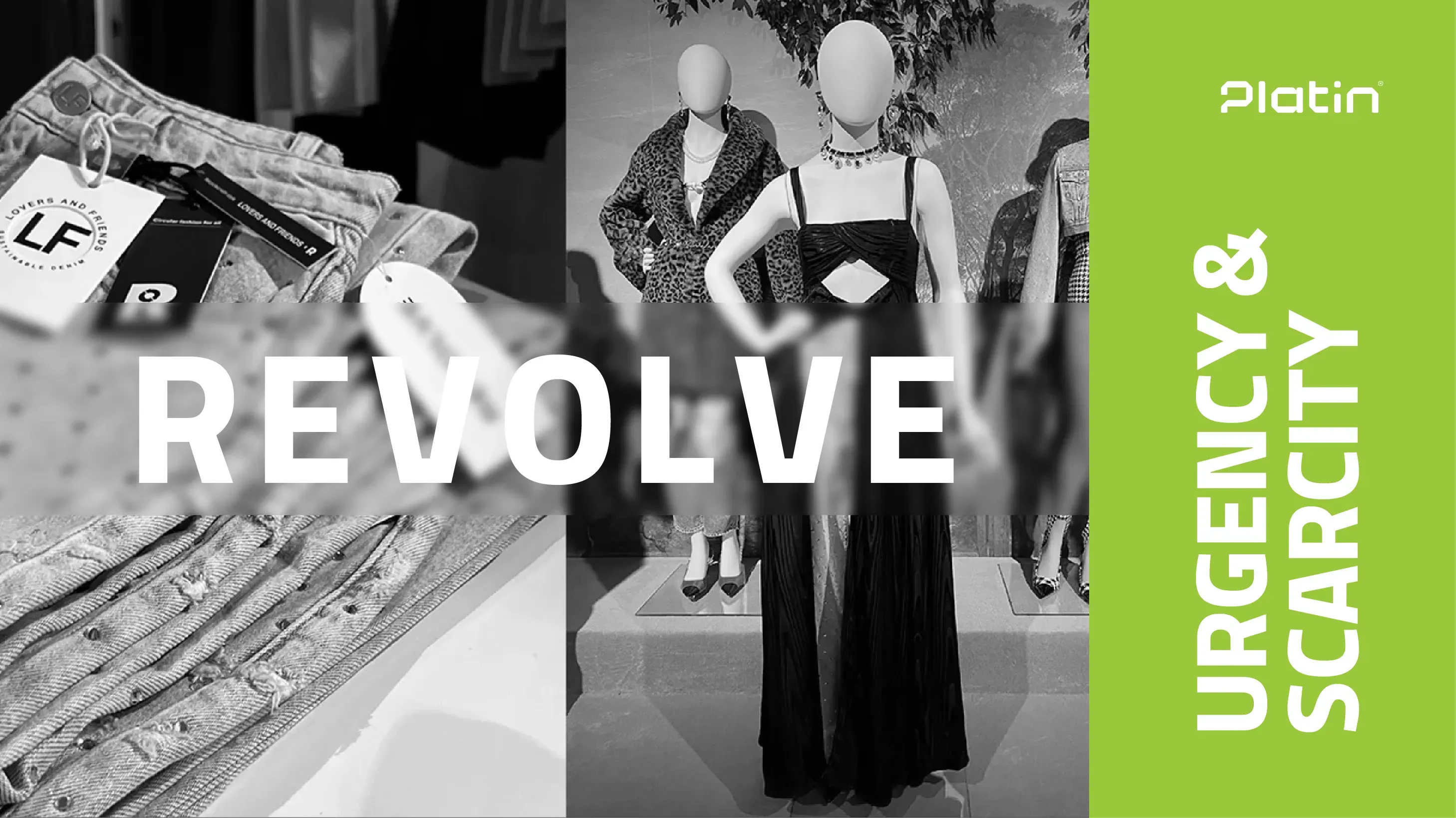
5. Exclusivity Scarcity
Unlike ordinary scarcity, Tommy Hilfiger uses exclusivity to highlight the unique value of its limited collections. Exclusive products appeal to people who crave uniqueness and higher social status. Creating this sense of exclusivity might include showcasing unique items, sending special announcements to VIP customers, and labeling products as limited edition or low stock. This makes buyers feel special and part of an elite group.
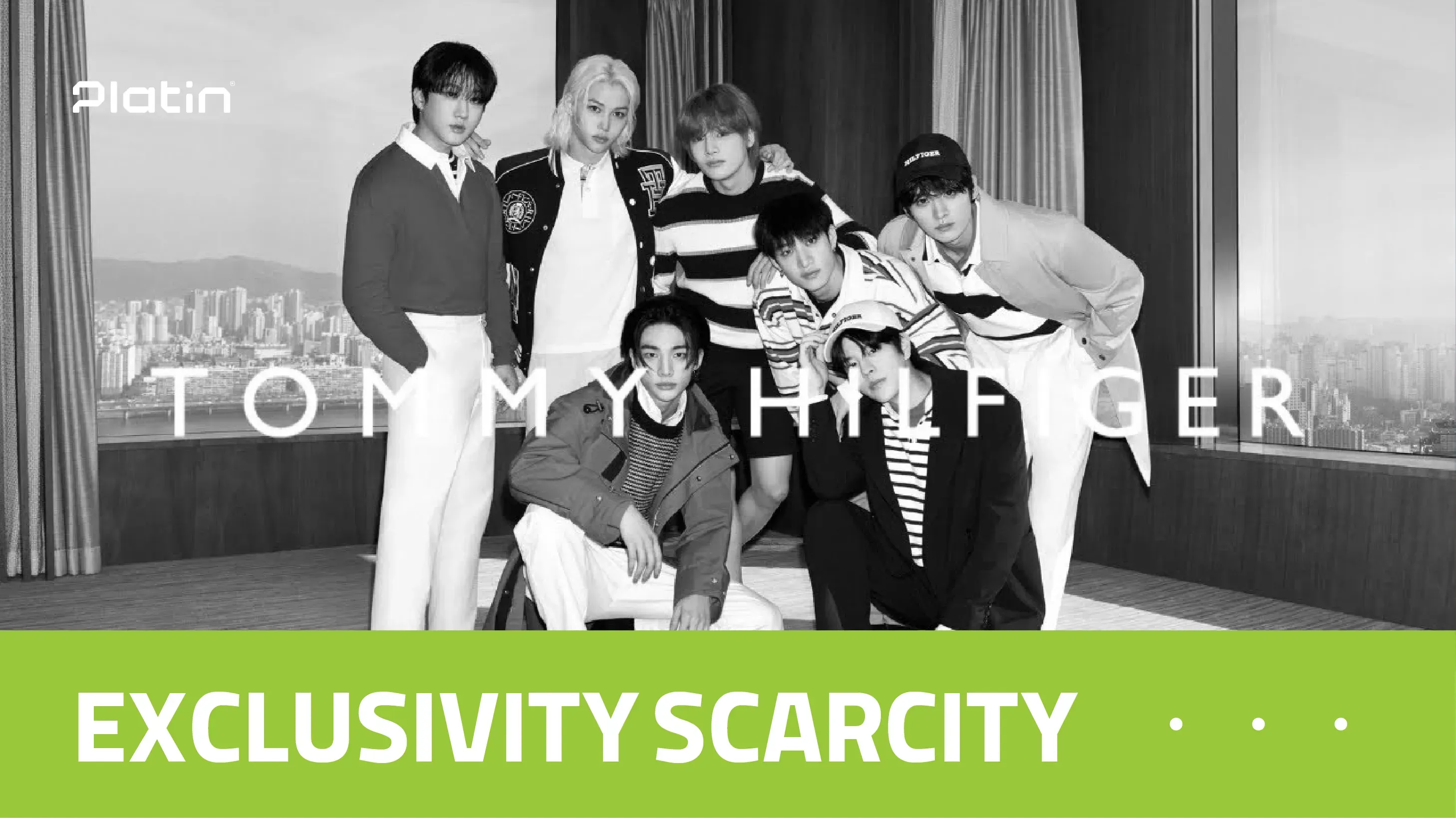
6. Social Proof
Robert Cialdini uses canned laughter in sitcoms to illustrate social proof — even if some viewers dislike it, it works because people mimic what others do. In marketing, showing that others have bought or liked a product boosts trust and sales. Examples include:
- Displaying follower or fan counts
- Sharing positive customer reviews
- Highlighting bestsellers
- Showing how many people are buying or viewing a product right now
- Partnering with influencers to endorse products
7. Unity
VanMoof uses unity by inviting customers to join its community. Unity is a form of social proof that motivates people to belong to a group. Climate strike campaigns are another real-world example of this principle. To strengthen unity in marketing, switch from I to We in messaging, and use phrases like “Be one of the chosen few” or “Join us” to build a sense of belonging and participation.
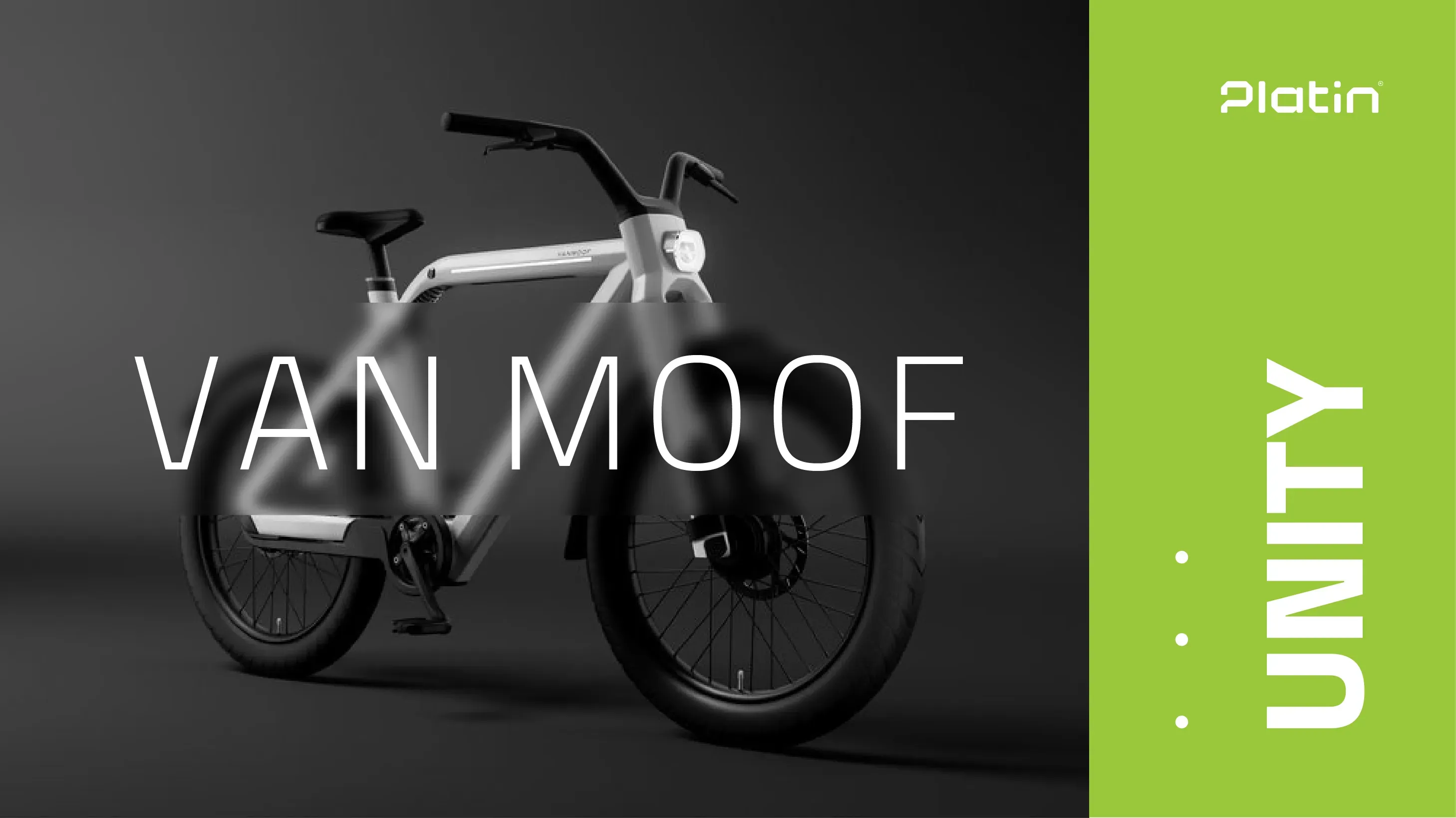
8. Commitment & Consistency
Jet sends notifications to encourage repeat purchases. Psychologically, people like to stay consistent with their past commitments. Once a customer takes the first step, they’re more likely to continue. Marketers use this by reminding customers about items left in carts, encouraging newsletter sign-ups, running loyalty programs, or offering special deals.
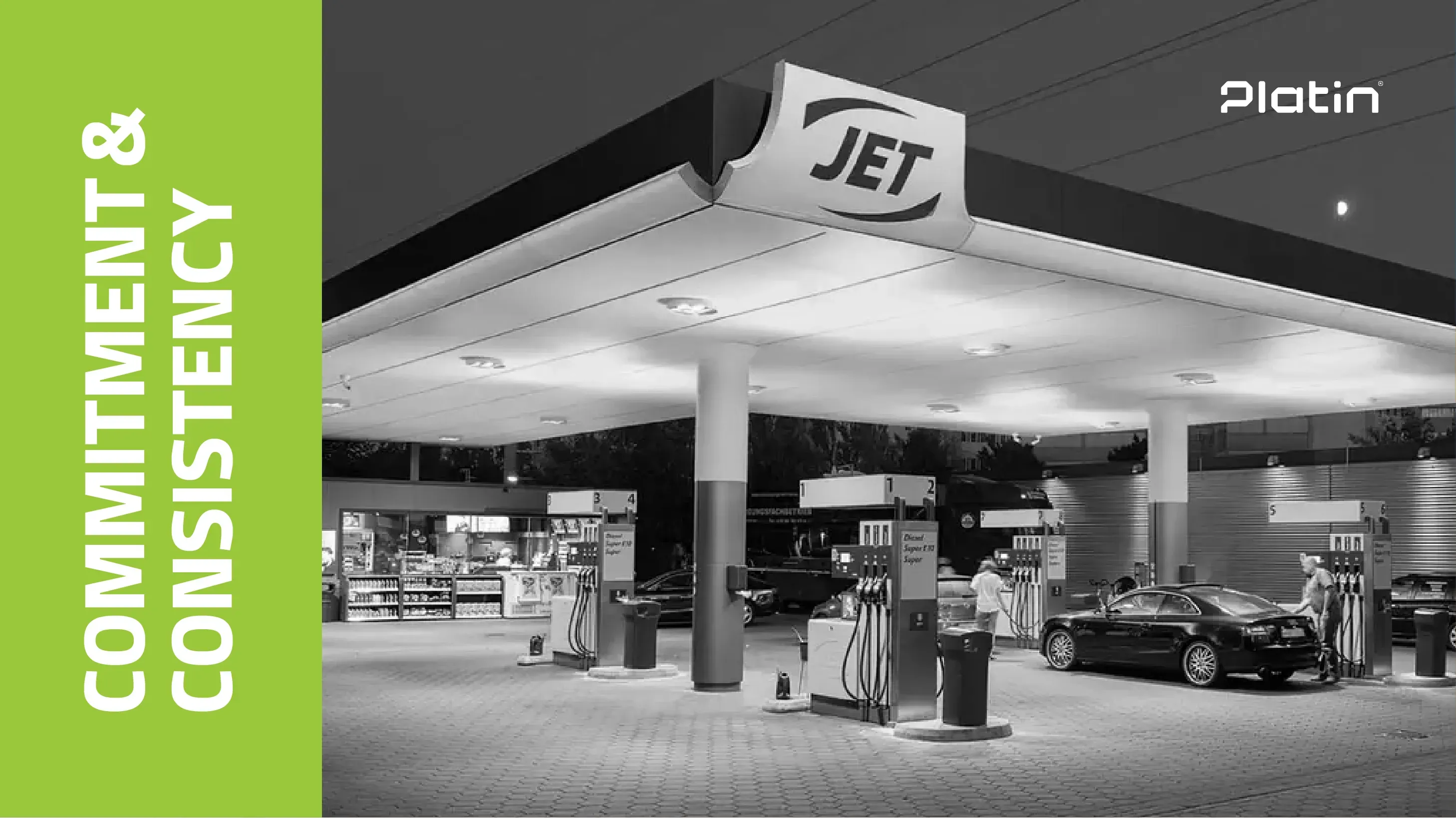
9. Reasons Why
Toyota ads emphasize “lower fuel consumption” to give a clear, convincing reason to buy. Whenever customers wonder “Should I buy or not?” — especially for big-ticket items — clear benefits make all the difference. For example, when promoting a car with a sunroof, highlight how it makes driving more enjoyable.

10. Loss Aversion
A Facebook ad by Gravity Vault stirs loss aversion by stressing that an end-of-year discount is about to expire. Psychologically, the pain of losing something outweighs the pleasure of gaining it. Showing customers what they’ll miss out on can push them to buy. For instance, many people keep unprofitable investments out of fear of losing their spot — the same fear can drive sales when used smartly. Using FOMO messaging like “Only a few left,” “Limited time offer,” or “Act now or lose your discount” works well.

11. Focusing Effect
The North Face uses the focusing effect by highlighting four key product features in its ads, guiding customers to what matters most. Customers have limited cognitive bandwidth, so brands must direct their focus to what’s important. Use product labels, zoom features, or heat maps to keep attention where it counts.
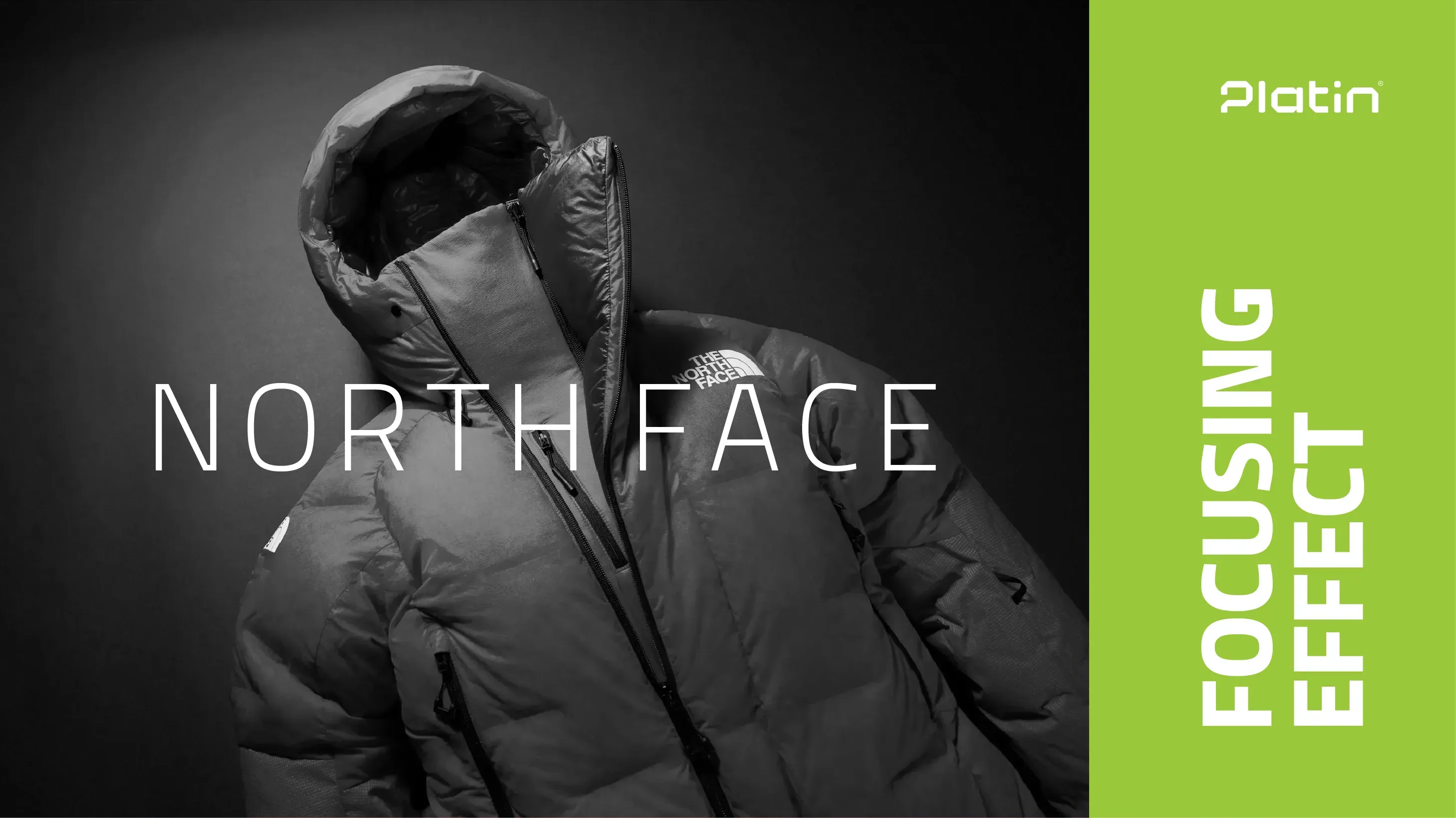
12. Just Imagine Technique
Gore-Tex uses storytelling to help customers picture using its products in real life. Imagination drives effective storytelling, and storytelling fuels powerful marketing. To use this, show the product in action and describe it with sensory details so the customer can vividly imagine the experience.
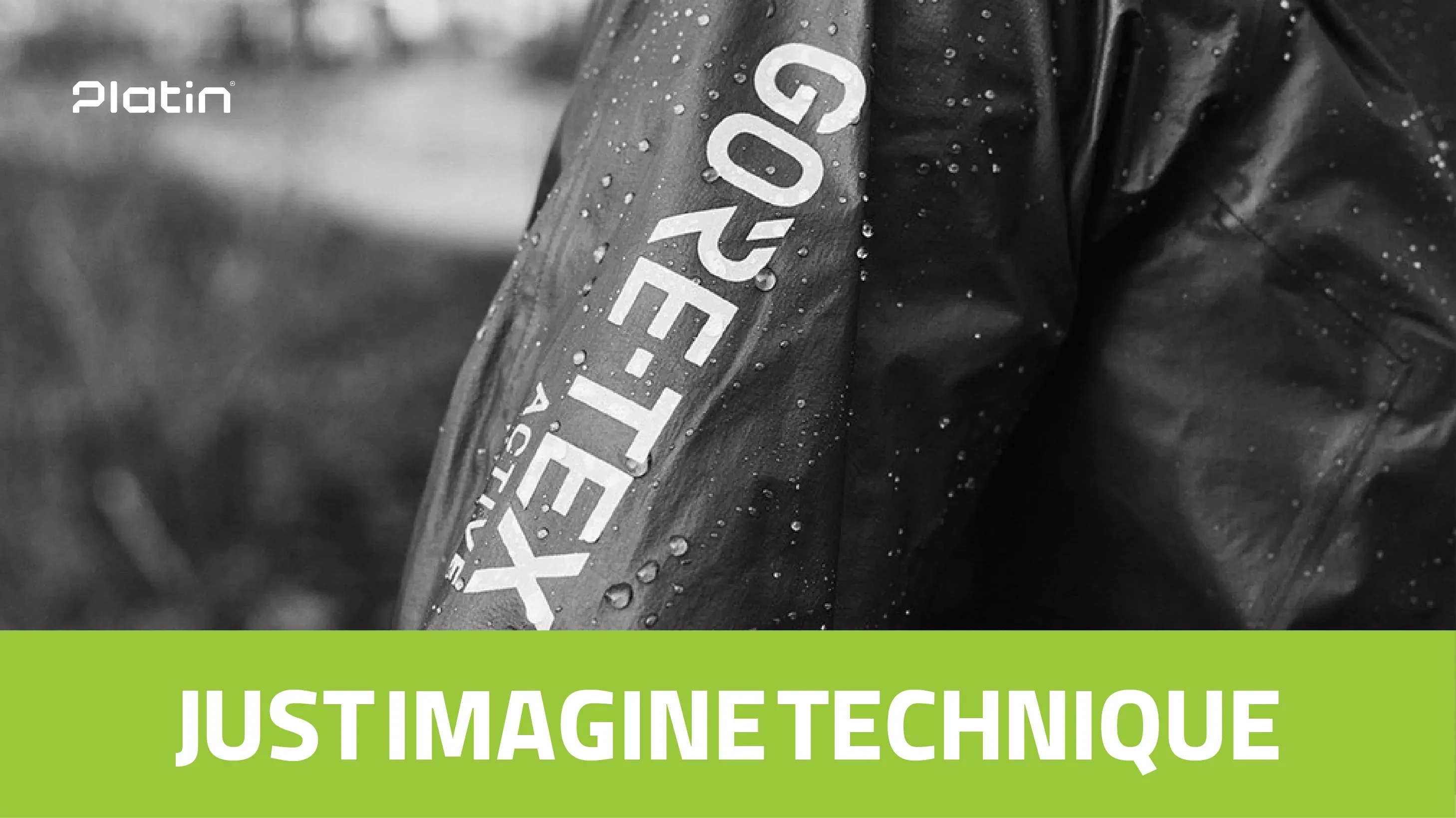
13. Weather Effects
Burton uses a weather API to tailor offers to seasonal conditions. This bias shows that marketing strategies should adapt to weather. Studies reveal that people act more cautiously on cloudy days and take more risks on sunny ones. Brands can tweak campaigns based on weather and use APIs for personalization.
14. Rhyme as Reason Effect
The well-known Persian saying, “If you don’t want to be disgraced, blend in with the crowd,” shows how rhyme makes ideas stick. Rhymes not only aid recall but make messages sound more logical and credible. Use catchy rhymes in slogans, ads, and campaigns to make them memorable.
15. Fresh Start Effect
“New year, new clothes” taps into the fresh start effect — people love new beginnings and self-renewal. Brands should align campaigns with new weeks, seasons, or school terms and craft ads around the feeling of a fresh start.
16. God Terms
Words like “New,” “Free,” “Happy,” “Amazing,” “Winner,” “Exciting,” and “Powerful” draw people in. First described by Kenneth Burke, these “God Terms” spark positive feelings and moral values. Use them in ads and messaging to make your content more inspiring and memorable.
Practical Techniques for Sales Psychology & Marketing
In today’s highly competitive market, practical use of cognitive and behavioral psychology can greatly boost sales and customer engagement.
Authority works well for businesses like educational centers, medical clinics, consulting firms, or specialist product retailers, because trust in expertise is a key decision factor. Social proof is powerful for online shops, restaurants, and service businesses — customer reviews, sales numbers, and influencer partnerships build credibility. Price sensitivityapplies to fashion, electronics, and grocery stores, where smart discounts attract price-conscious shoppers.
Urgency & scarcity are highly effective for seasonal promotions and online stores. Phrases like “Only until tonight” or “Limited edition” drive immediate action. The fresh start effect works great for training centers, gyms, or lifestyle services — especially during the new year or new seasons. God terms like “Free,” “Amazing,” or “Special offer” work for all online ads, boosting engagement and click rates.
Combined with audience insights and creative brand storytelling, these techniques help businesses strengthen their position in a competitive market and increase conversions.
Conclusion
This article focuses on cognitive and behavioral psychology in marketing — showing how brands influence customer perceptions, emotions, and actions. By analyzing real examples from brands like Glossier, ASOS, Nasty Gal, and Tommy Hilfiger, it introduces 16 powerful psychological triggers including authority, social proof, scarcity, urgency, price sensitivity, likability, reasons why, and God terms. These principles tap into unconscious mental patterns, cognitive biases, and emotional needs — giving marketers effective tools to shape buying behavior, boost engagement, and earn customer loyalty.
Practical tips are provided for applying these techniques to online stores, training centers, fashion brands, consulting services, clinics, restaurants, and gyms. The goal is to help businesses use sales psychology and user experience design to deliver their brand message more powerfully and manage purchasing behavior more strategically.
Platin Marketing & Communications Agency, with its focus on sales psychology and consumer behavior, offers specialized services including business model development, loyalty programs, marketing plans, and 360° advertising campaigns — all designed to boost brand messaging, deepen customer relationships, and drive sustainable sales growth. With a data-driven and creative approach, Platin helps brands connect more effectively with their audiences.
FAQ
1. Why is understanding consumer psychology essential for businesses?
Because customers don’t buy purely logically — emotions, trust, fear of missing out, and social influence shape their choices. Knowing these triggers helps you craft messages that hit the right emotional buttons.
2. How can brands use psychology principles to boost sales?
By applying principles like scarcity, authority, and social proof, you can create campaigns that persuade, motivate, and even drive instant purchases. These principles build trust, urgency, and shorten the decision-making process.
3. What technique works well for selling high-ticket products?
Use the Reasons Why principle: clearly state unique benefits and features. Highlighting quality, special performance, or long-term savings lowers customer hesitation.
4. How can you encourage customers to act fast?
Use Urgency & Scarcity: phrases like “Only until tonight,” “Limited stock,” or “Offer valid for the first 5 buyers only”push customers to act before they miss out.
5. Which principles work best for education, sports, or service brands?
Authority (show your expertise and credentials), Fresh Start Effect (seasonal or academic campaigns), and Commitment & Consistency (reminders and follow-ups) are especially effective.
6. How can you make a brand stick in the customer’s mind?
Use God Terms like “Free,” “New,” “Amazing,” “Winner,” or “Exciting.” Pair these with rhyming, catchy slogans. Such words make your message stick and tie positive emotions to your brand.
Resources: